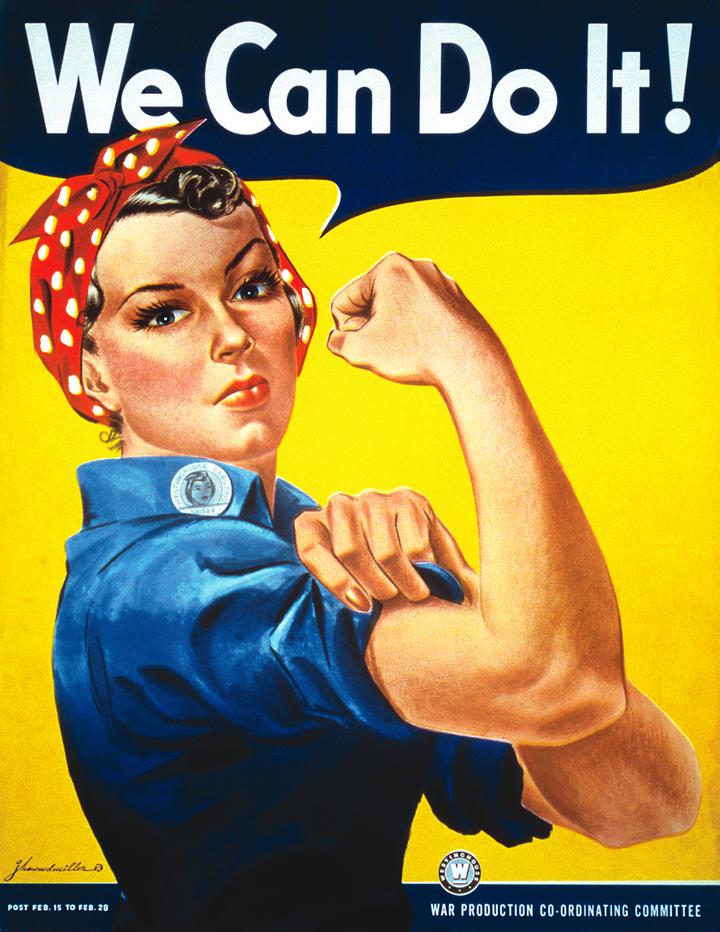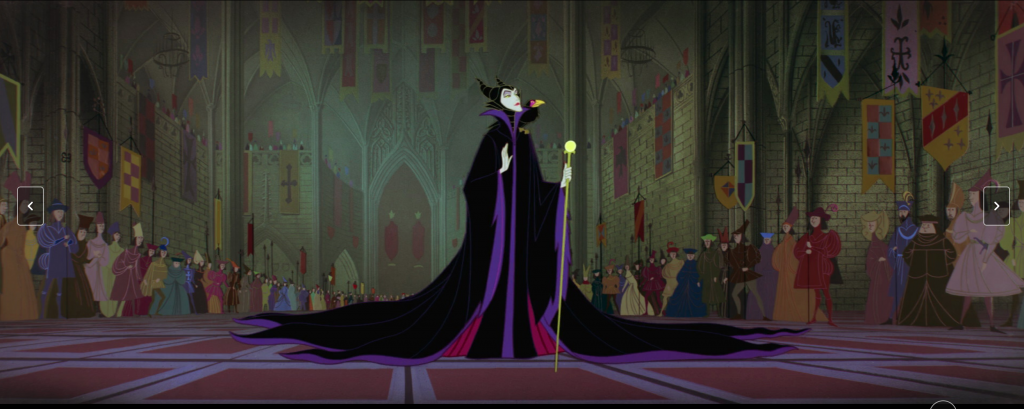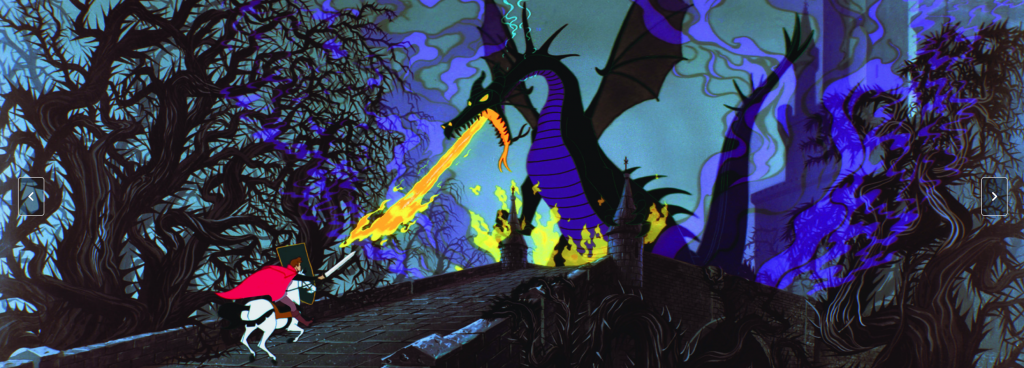Gender studies: an examination into the ways in which literature reproduces and subverts cultural norms surrounding gender roles.
Since we discussed Sleeping Beauty and the Airplane in class, alongside our discussion of gender and queer studies, I couldn’t stop thinking about what a strange story it was. It both objectified a woman and gave her agency that was nonexistent in the original fairy tale. In that vein, I became interested in media that both subvert and reassert gender norms.
In my search for a reflection of this phenomenon in contemporary media, I came across this 1940s advertisement.

The iconic image of Rosie the Riveter is the first thing you see. If you look closer, you may notice that she’s not the same Rosie shown below.

First, you might see her makeup looks a little more prominent than usual. Then, you’ll likely notice her wedding ring, or her painted fingernails. She’s a feminized Rosie.
Of course, you’ll notice the big blue letters: “Get the POWER.” Rise up, take charge, assume the place in the world you deserve that you’ve always been denied… as a cleaner. “The power to clean anything.”
This advertisement uses an iconic subversion of traditional gender roles to argue that women should be content in those traditional gender roles. The most prominent features of the ad are the instantly recognizable Rosie the Riveter figure and the statement “Get the POWER.” We associate these features on sight with the subversion of traditional gender roles for women as docile, domestic caretakers. It’s only once we have made this mental association that we notice the traditional expectations seeping through in the details. This display of unconventional and conventional side by side is an attempt to encourage women viewers to associate traditional feminine gender roles with empowerment and agency.
Examining this advertisement through a gender studies lens shows us that the “breaking” of traditional gender norms can ultimately serve as a tool to reinforce those same norms.





